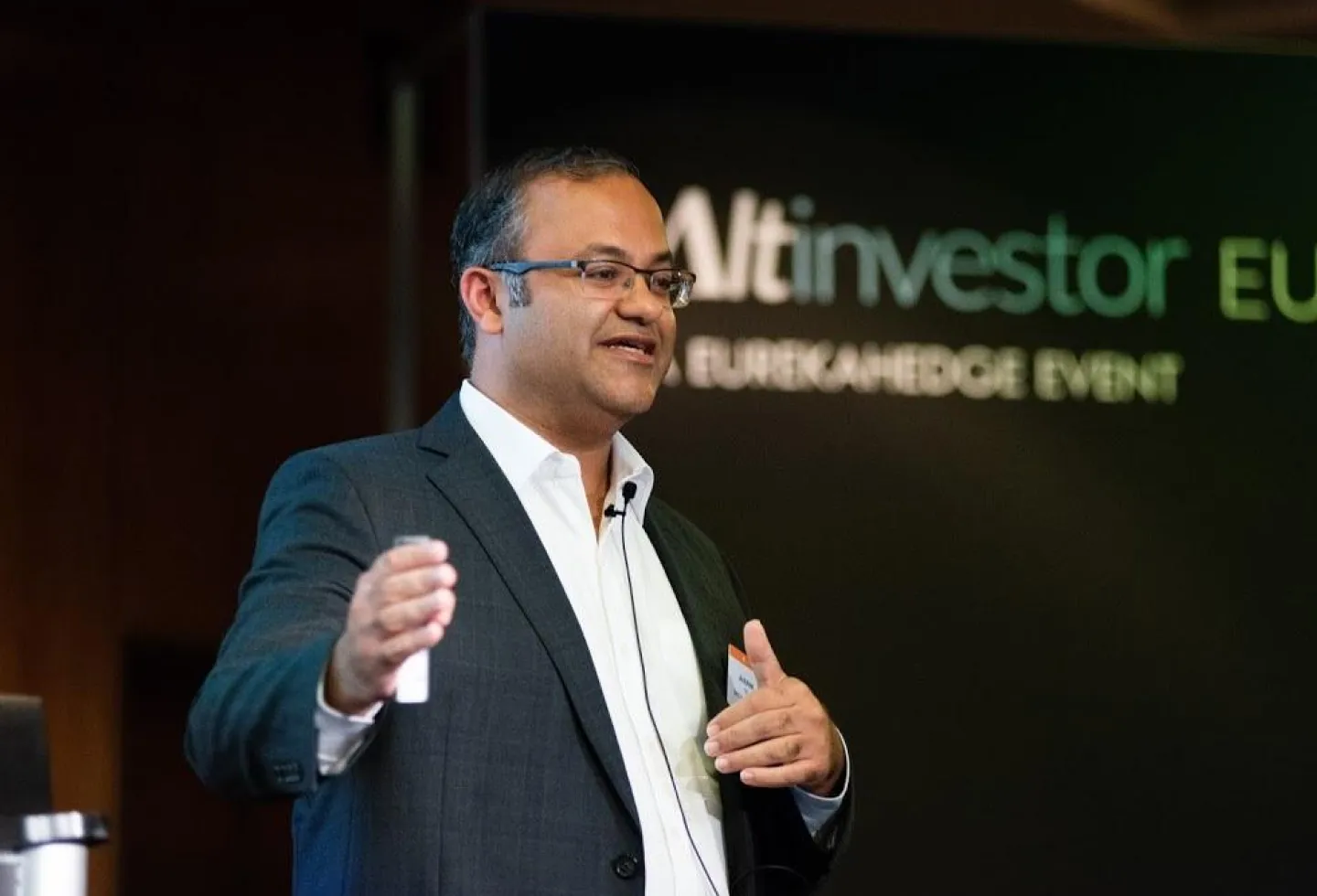The climate crisis has urged many, of not all organizations across industries to prioritize sustainability.
Adding to the urgency of the crisis, energy management companies like Schneider Electric have witnessed a rise in energy costs and environmental concerns.
The company being a global leader in digital automation and energy management, knew that this issue needed to be addressed with urgency.
The leaders chose to make the most out of the new and groundbreaking technologies, in order to tackle the problem.
Even though the existing, outdated software systems created obstacles for their path, Schneider ended up achieving their goals, lowering energy costs significantly.
The company realized that it would require transforming their existing approaches if they wanted to make the most out of their resources.
Although the stakes were high and challenges were tough, Schneider ended up lowering electricity bills and promoting sustainability.
The Rise of Schneider Electric
Founded in 1836, Schneider Electric is a $34 billion multinational corporation specializing in energy management, automation systems, and software.
With operations in over 100 countries and around 144,000 employees worldwide, Schneider is a major player driving the digital transformation of energy management and industrial automation.
Their comprehensive portfolio includes energy and automation digital solutions for homes, buildings, data centers, infrastructure and industries.
Schneider provides integrated efficiency solutions combining energy, automation, and software to optimize energy usage and reduce emissions.
As a leader in the digital transformation of energy management and industrial automation, the company is well-positioned to tackle crucial energy and sustainability challenges.
Despite rising awareness of sustainable practices, the global appetite for energy continues escalating due to population growth, economic development, and greater access to electricity.
This burgeoning demand exacerbates carbon emissions, energy insecurity, and skyrocketing utility bills for both businesses and consumers.
Schneider Electric recognized this dilemma as a critical threat not just to the environment, but to global competitiveness and energy affordability.
Incremental efficiency improvements were no longer enough. Schneider Electric’s customers demanded comprehensive solutions integrating renewable sources, intelligent automation, digitization, and emerging technologies like AI to radically transform their energy footprints.
However, silos across Schneider’s operations hindered cohesive efforts and data-sharing needed to orchestrate this transformation at scale.
Moreover, logistical inefficiencies, infrastructure limitations, and bureaucratic barriers impeded clean energy adoption and grid modernization efforts vital to a sustainable future.
Schneider knew dismantling these roadblocks required bold strategies transcending their traditional offerings.
Dramatic changes to their business model, technologies, and internal operations were essential to spearheading the energy revolution customers craved.
The Pillars
To address these existential threats, Schneider Electric embarked on an ambitious pivot rooted in three pillars: electrification, digitization, and software-enabled automation.
By cohesively uniting these elements through integrated solutions, Schneider could unlock transformative energy efficiency and sustainability gains across homes, buildings, data centers, infrastructure, and industries.
On the electrification front, Schneider accelerated development of energy management solutions harnessing renewable sources and electric infrastructure like EV charging and microgrids.
Their EcoStruxure™ architecture and platform enabled customers to monitor and optimize energy usage holistically across interconnected operations.
Digitization came next through Schneider’s aggressive investments in IoT, cloud-based services, cybersecure architecture, and robust data analytics capabilities.
Intelligent sensors, digital twins, and predictive/prescriptive models armed clients with unprecedented energy visibility and optimization opportunities.
Forming strategic partnerships with Microsoft, Amazon, and others turbocharged Schneider’s digital muscle.
The final catalyst was Schneider’s “AI-first” initiative, including appointing their inaugural Chief AI Officer in 2021.
AI and machine learning quickly infused cognitive capabilities across their portfolio, from smart home energy assistants like Wiser to commercial solutions like AI-driven microgrids, predictive maintenance, supply chain operations, and more.
Crucially, Schneider embraced a cloud-first, as-a-service model allowing seamless integration of these intelligent offerings via open software, app-based access, and unified energy management environments for customers.
This pivot to recurring digital services transformed Schneider from a boxing product manufacturer to an agile, insights-driven energy partner.
Internally, this digital-first vision necessitated overhauling archaic processes, systems, talent strategies and even physical infrastructure.
Schneider launched a global “multi-hub” approach distributing R&D, services, and personnel across different facilities optimized for key specialities.
They embraced open talent models, upskilling initiatives, modernized ERP deployment and aggressive sustainability targets for their own operations.
Schneider Electric’s bold “EcoStruxure” pivot has already catalyzed impressive results both for the company and its global clients.
Streamlining their mission has unlocked double-digit growth in energy management software and services.
Sustainability performance is soaring too in 2022, Schneider achieved a stunning 10% reduction in operational CO2 emissions.
For customers, Schneider’s integrated solutions are delivering massive economic and environmental dividends.
Many clients leverage solutions like AI-optimized renewable supply/demand matching, intelligent EV load management and smart metering to reap millions in energy savings and lower emissions.
Key Learnings from Schneider Electric
This case study on Schneider Electric highlights the importance of having a holistic strategy, especially when it comes to solving energy challenges and lowering electricity bills.
Effective and impactful change requires strategy that implements digitization, and adaptation to AI-automated systems.
Objectives like energy affordability, better efficiency and sustainability are unavoidable. Integrating a software-centric approach is essential.
Investing in a talented workforce, modern infrastructure and up-to-date software applications like cloud-first services is what allowed Scheider to achieve their goals.
Perhaps the most important learning comes from how the company prioritized addressing existential threats and didn’t implement purposeful pivots.
Schneider’s achievements stand as an example for how effective leadership and a focus on sustainability contributes to progress.



